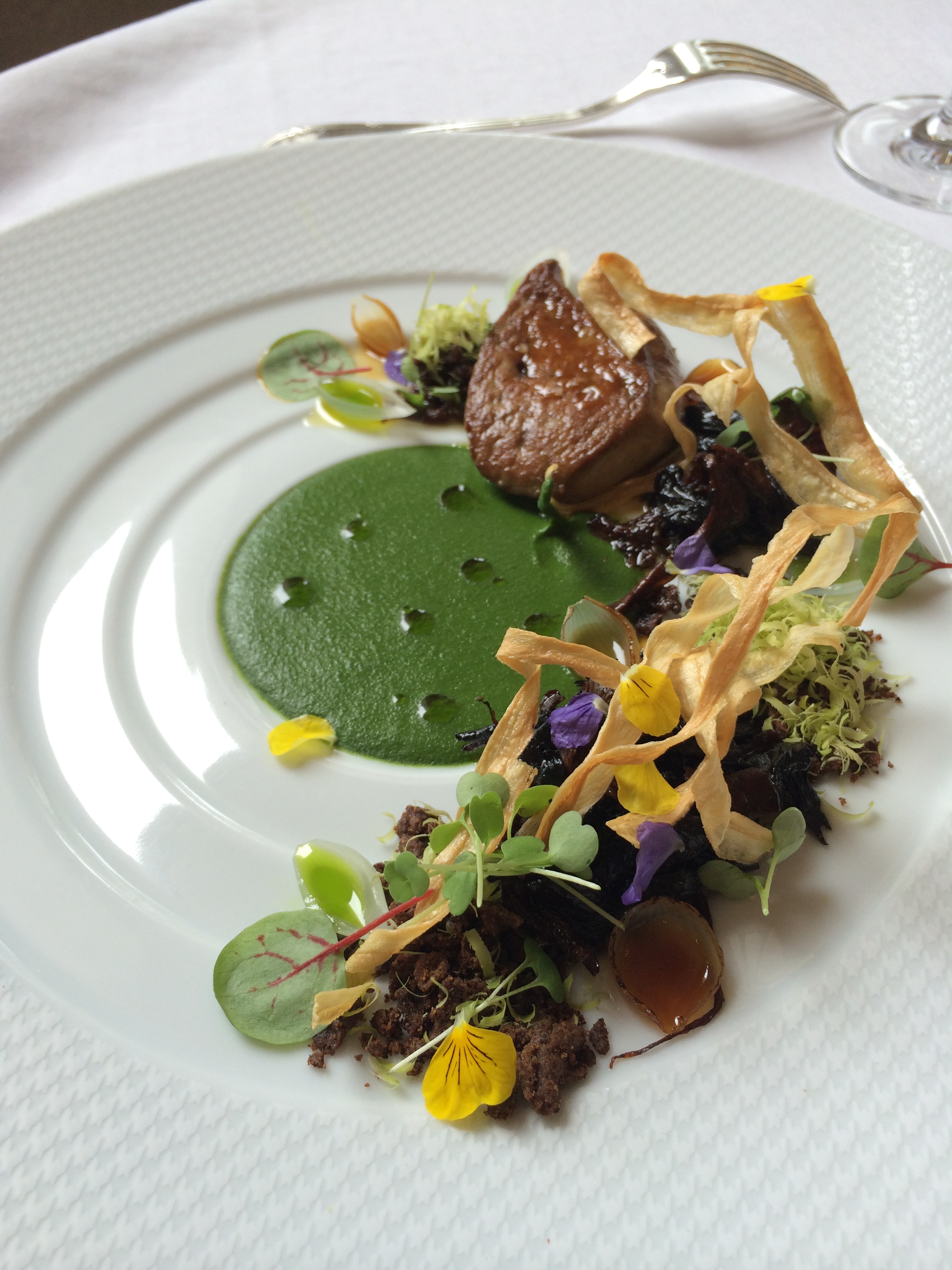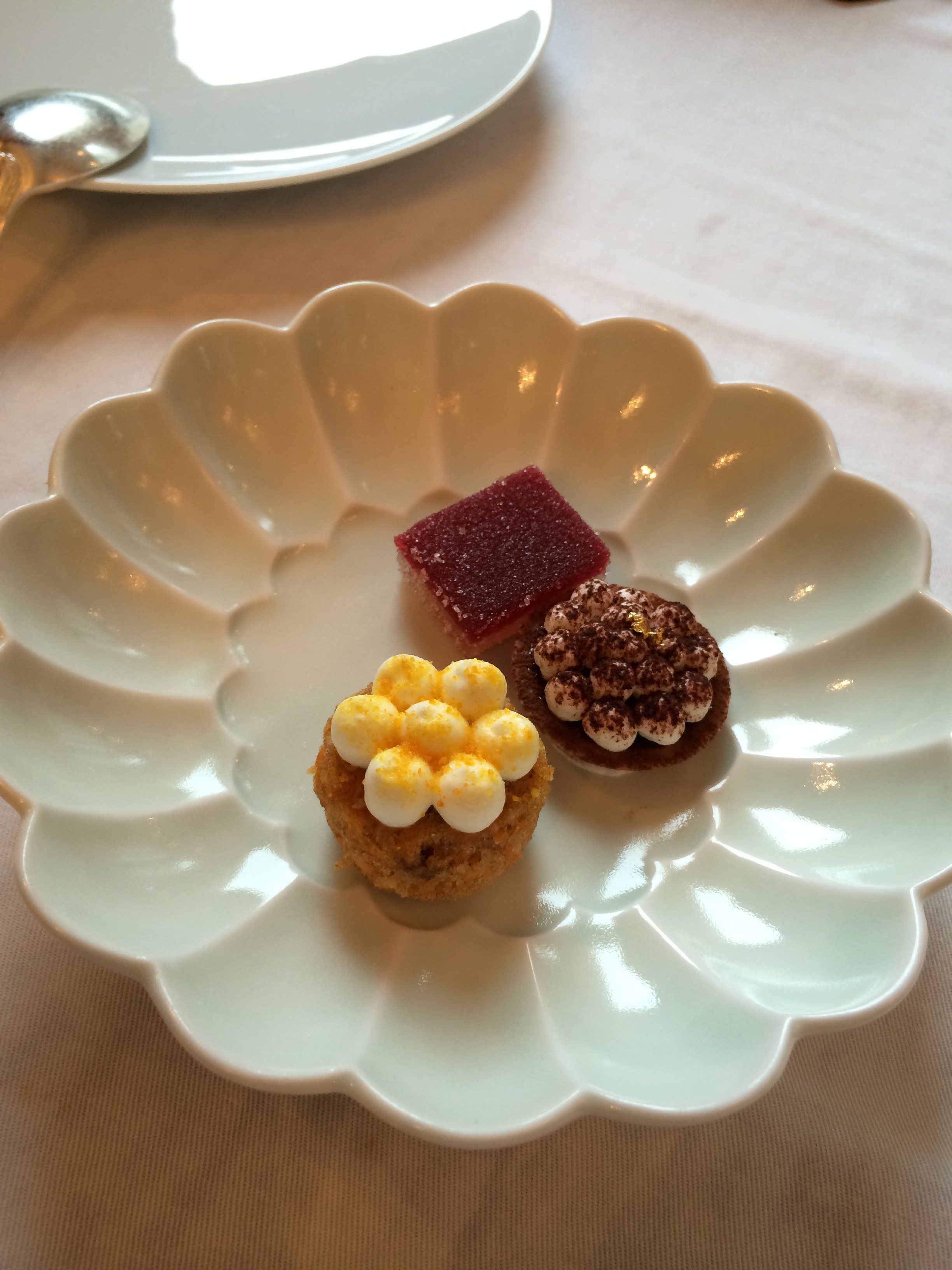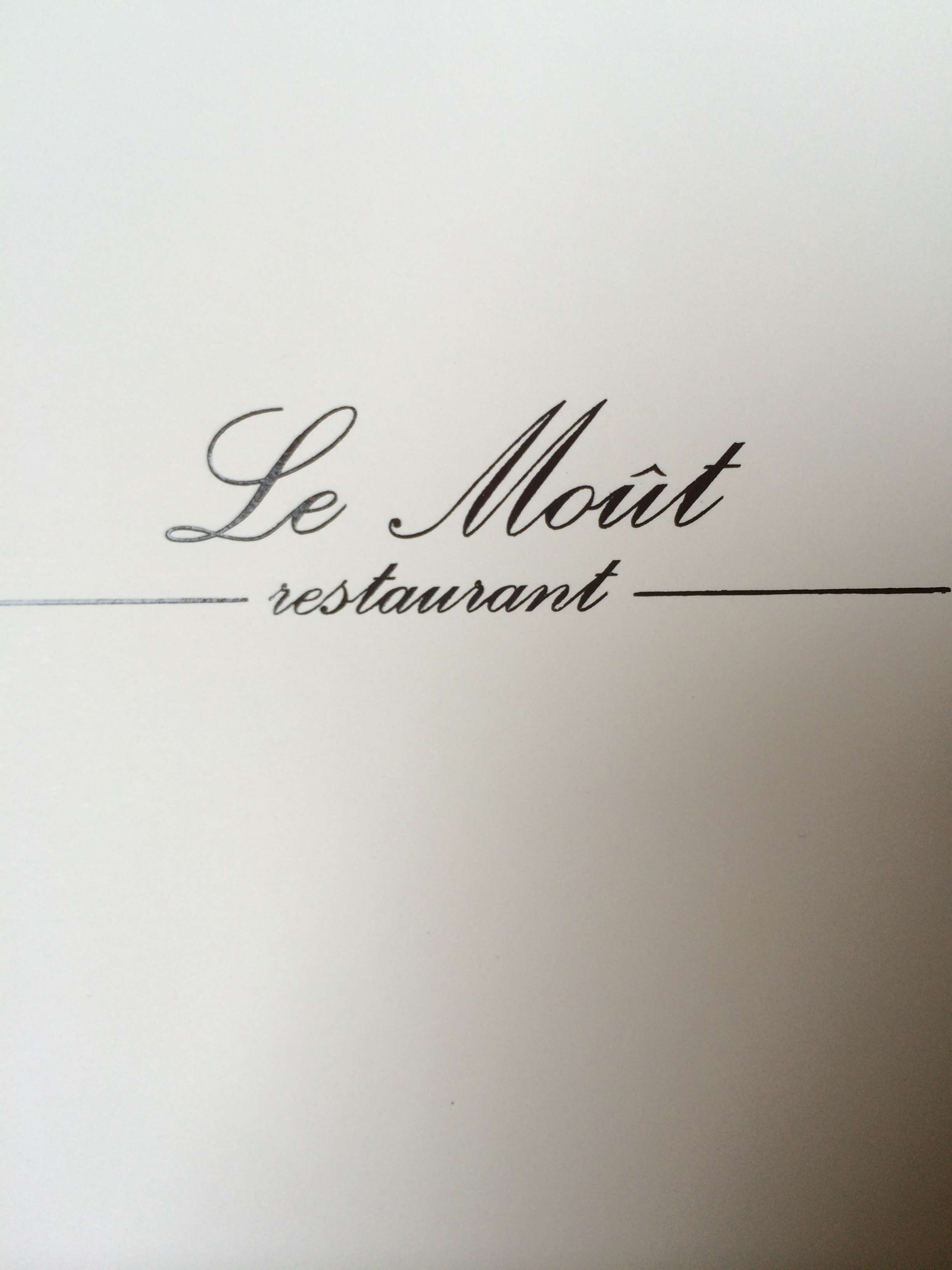Taiwan is the alternate reality to the centrally planned China we all know. In many ways it seems vastly superior. It is clean, people are polite, the girls are exceptional (by consensus). In other ways, it seems to fall short. It is ugly, uneventful, and past its peak. Aside from all the temples and gardens, the national pastime seems to be eating. Even the “Mona Lisa” of the famed National Palace Museum (g: National Palace Museum), where Chiang Kaishek sent 230,000 pieces of China’s treasures as a last insult before losing the civil war, is a jadeite cabbage and meat-shaped stone (a very fatty piece, for that matter). The museum is no Louvre, but probably worth a quick look.
Chiang Kaishek Memorial Hall
More interesting is the Chiang Kaishek Memorial Hall (g: Chiang Kaishek Memorial Hall), a huge memorial worthy of Washington D.C. dedicated to the leader of the Kuomintang. On the top floor is a statue of the man with soldiers performing an unsettling changing of the guards. Downstairs, a museum shows the life of Chiang Kaishek.
Choosing a temple (perhaps the Lungshan Temple, the most famous one) is good idea, if only to see the vast amounts of food being offered to the gods. Cartons of food – Lay’s chips, for example - are sold at the entrance. It all goes to exacerbating the hedonistic lifestyles of these pudgy pods. But seriously, where does all the food goes afterward?
View from Taipei 101
Definitely skip Taipei 101 - it’s expensive and not worth the wait. Instead, go to the Eslite Bookstore nearby for a cool selection of books and gifts. Another top spot is the Lin Family Garden, where the alleys and tunnels feel like a maze. That’s all you need to do in Taipei - now you can focus on the food.
For breakfast, have Doujiang Youtiao. Doujiang is a sweet soybean milk, usually served hot but the cold one is particularly good. It is usually eaten with Youtiao - a salty deep-fried cruller that splits into two long sticks. Go to one of the many Sihai Doujiang or Yonghe Doujiang (g: 四海豆浆 or永和豆漿) in town - they’re all pretty much the same. For lunch, note that Taipei has the original Ding Tai Fung - the pork bun chain that popularized the Shanghainese Xiaolongbao. It has copycats as far away as Highway 7 of Richmond Hill. The original one is on Xinyi Road (g: Ding Tai Fung Xinyi). It is notably better than the other ones in Asia.
Muzha Tea Plantations
For afternoon tea, go to the Muzha Tea Plantations. The best way to get there is a gondola lift from the Zoo MRT Station. Otherwise, take bus 10 from the same Zoo MRT Station. It’s in the middle of nowhere but don’t be afraid to go. The tea shops are open 24 hours and they are easy to find. Pretty much all of them have the same things so just go to any that has a nice view. In about an hour, you are transported into a bucolic wilderness with only Taipei 101 visible above the clouds. All of those nature-themed ink-drawn scrolls you just saw at the Imperial Palace come to life.
Keelung Night Market
At night, the food takes a drastic turn for the better. Taiwanese people go to one of the many night markets and gorge on streetfood goodies. The best one for foodies is the Keelung market, which is accessible by train and bus. The latest train leaves Keelung at 11:40pm. To stay later, a taxi will cost about $400 NTD, which isn’t much. Another large one is the Shilin market (g: Shilin night market). There are at least ten more. The Keelung market is right off of the sea so it is rich in fresh seafood. The best things there are the oyster omelette, deep-fried soft-shell crab, raw sea urchin, crispy chicken and shaved ice. Most of the places there have no idea how to make a Lemon Iced Tea so get either the standard Milk Tea or a freshly squeezed juice. The fruit vendors are also worth a try. Some of the exotic fruits are delicious.
Taiwan is easy to finish so plan a day trip to Taichung. The main reason to go is the Top 50 Asian Restaurant, Le Mout (g: Le Mout), which is certainly worth the two-hour bullet train. But there are other perks too. As expected, they all revolve around food. First, have the original pearl milk tea at the Chun Sui Tan teahouse on 30 Siwei St (g: Chun Shui Tang, Siwei Street, Xi District, Taiwan). They are the undisputed creators of the popularized and often bastardized drink. The one at Chun Sui Tan uses small bubbles and has a strong tea flavour. Apparently, the inspiration for chilled tea came from chilled coffee in Japan. What a good idea given the swampy climate. The inspiration for the bubbles was a chance mixing.
Then, sample the famous pineapple tart at Miyaharu - a misnomer by the name of Gong Yuan Eye Clinic (g: 宮原眼科), a reference to the location’s original purpose. I’ve heard the ice cream there is excellent too. Perhaps the coolest part of Taichung is a collaboration of shops called Fantasy Story. It is almost impossible to find (g: 范特喜, multiple locations). You will notice they are clustered in two main streets. It’s a cluster of cafés, ice cream parlours, specialty stores and design stores. The most notable one is a design shop on Lane 117 that sells the frozen fruit popsicles. Look for the storefront with a huge popsicle sign.
But the real reason one goes to Taichung is to eat at Le Mout, a French master restaurant headed by a female chef with a stunning C.V. By Taiwan standards, it is expensive - $3500 NTD for a full course. The explanation of the name is given in the menu: “Le vin se fait à partir d’un moût. Et le rêve, il se fait à partir d’ici….” The setting is gorgeous - a three-storey restaurant with all the finishings to match any three star in France. The meal begins with a nicoise “pizza”, a little bite-size calzone that bursts in tomato flavour, and a lobster jelly. For amuse bouche, you are surprised with one of two excellent plates. The heavier one is a coffee flavoured creme-brulée that could have easily come at the end of the meal; however, it works at the start as a strong palette cleanser. The tuna tartare is more neutral in flavour - specks of dill paired with the crunchiness of toast. It is a first indication of the artistic merits of plating to be seen in the rest of the meal.
The showstopper occurs early. It is named “nature’s beauty,” a gourmet interpretation of an egg splattered against a black canvas. The height achieved by this dish is like that of the grandmasters in the Basque country: the egg whites and shell are reconstructed using edible ingredients - cream and sugar. The focal point is the egg yolk, which is real. It is a beautiful sunny orange colour, and bursts upon contact. The beautiful display seems like a waste to mess up, but the mixed result is a tasty manifestation of the chicken. In particular, a homemade granola and the just-cracked faux-egg shell soak up all the lovely juices from the egg yolk.
The “walk in the forest” continues with the sweetbread, itself looking like a bucolic area of resplendent shrubbery. The key ingredient is the shallot-leek sauce that acts as an acidic counterbalance to the fatty sweetbread. A trio of lamb comes next - some fatty belly from a farm close by, some loin and some slices mixed in a salad. The only special part was the black bean hummus, a beautiful paste that brings out the softness of the lamb loin.
The best part of the meal is the foie gras. It’s a beautifully cooked piece - crispy on the outside and mellow on the inside. However it only looks like a spectator, tipping into the pond of Chinese “Toon” (a nutty celery flavour), with edible flowers and wild mushrooms as foliage. A few more well-made courses and finally a chilled tomato soup - sweet so that it counts as dessert, paired with sweet soybean (“Doujiang”) ice cream. Excellent. The entire meal can be considered at the highest end of French cuisine and therefore of all gastronomical experiences in the world. It fulfills the three-star definition - worth a special trip to an off-the-path city in Taiwan.
Le Mout. 3500 NTD
Aperitivo [Nicoise pizza, lobster jelly]
Amuse-bouche [Coffee Creme-brulée, potato chip / Tuna tartare with toast, dill oyster sauce]
Nature's Beauty. Organic Silken Hen’s Egg, Cream of white Chicken Stew, Homemade Granola, Chicken Skin, Split Chicken Jus
Double Consummé, Roasted Mushroom and Fine Herbs
Sweetbread, Caramelized Brussel Sprouts, Sour Onion, Porcini Foam, Shallot-Leek Sauce
Duck Foie Gras “Promenade dans le Bois,” Wild Mushrooms and Toon
Halibut, Flourless Squid Ink Gnocchi, Seaweed Butter, Calamari, Thai Inspired Shellfish Fumet
Tai Tung Guan Shan Lamb Belly, New Zealand Smoked Lamb Loin, Nashi Pear, Beetroot, Fermented Black Garlic & Black Bean Hummus, Warm Rice Salad
Éclair de Bleu d’Auvergne, Sweet Bordelaise Sauce and Hazelnut Butter
Tomato, White Coco Bean and Black Sugar
Mignardise
As the rest of Asia moves at miles an hour, Taiwan is a relaxing détente and a superior quality of life. Everything is affordable: sim cards cost 300 NTD; taxis are cheap. Service is done in the traditional Japanese style with all the platitudes and bowing. People are genuinely friendly: a look of loss is an invitation for unsolicited help. The Taiwanese seem enlightened - having figured out that life should be enjoyed instead of being constantly stuck in the rat race. Could this be the future of China or is it just an alternate reality never to be realized?
Accessibility: Taiwan uses Chinese and most people speak Mandarin. English is not reliably used, though it is prevalent in some parts of the city. Mandarin speakers might find it difficult to comprehend the accents in Taiwan. Chinese is Romanized but often, a non-standard Romanization is used. As such, simply reading out the Pingyin is often incomprehensible. Google maps accept both English and Chinese words but some locations are only searchable by Chinese characters. See the Google guides (“g:”) in the article. Sim cards are available at the airport for 300 NTD. Google translate is essential. Taxis are both cheap and reliable. The subway is useful and tickets can be bought using an English system. ATM’s accept most international cards.










































